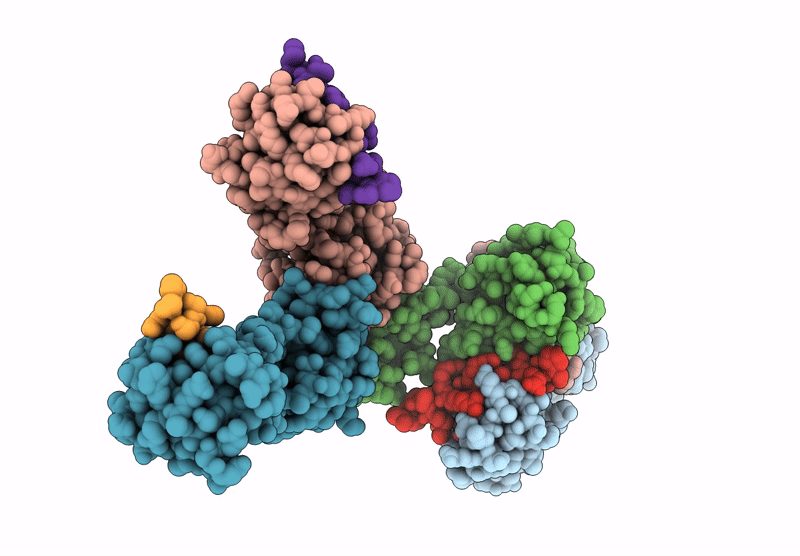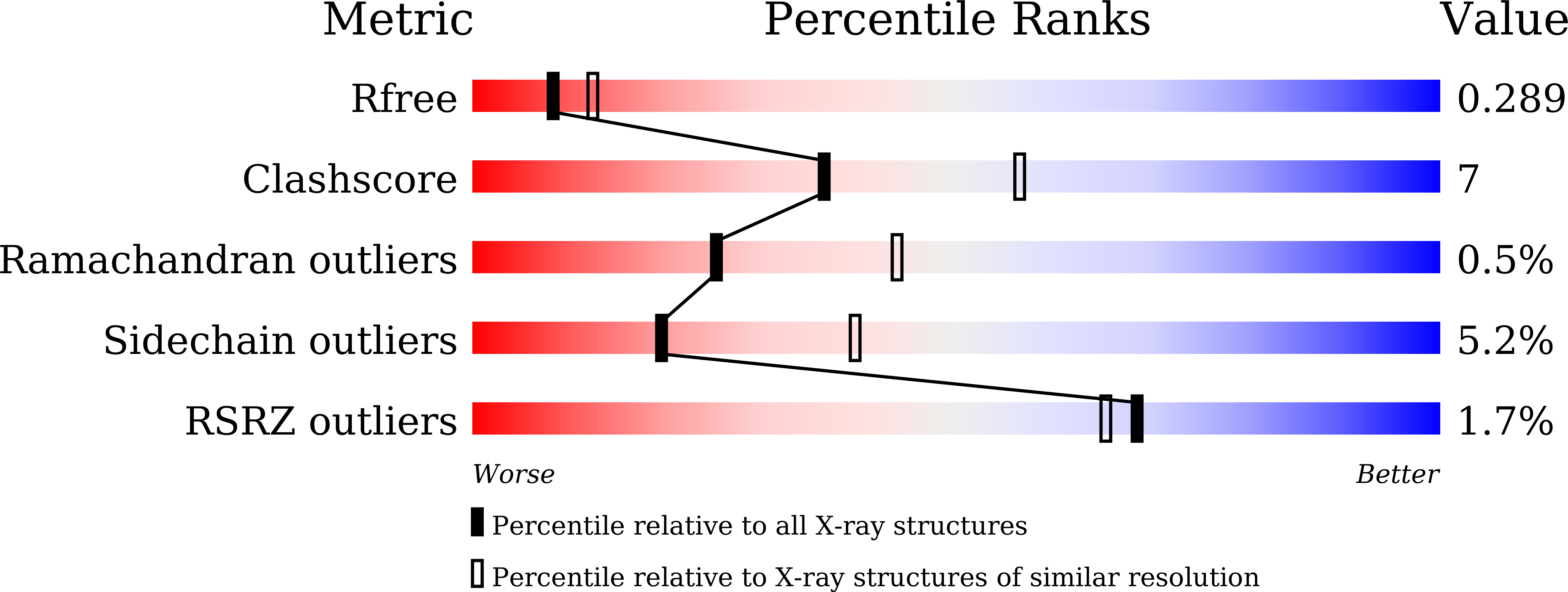
Deposition Date
2024-05-21
Release Date
2025-03-05
Last Version Date
2025-04-09
Method Details:
Experimental Method:
Resolution:
2.50 Å
R-Value Free:
0.29
R-Value Work:
0.20
R-Value Observed:
0.21
Space Group:
P 43


